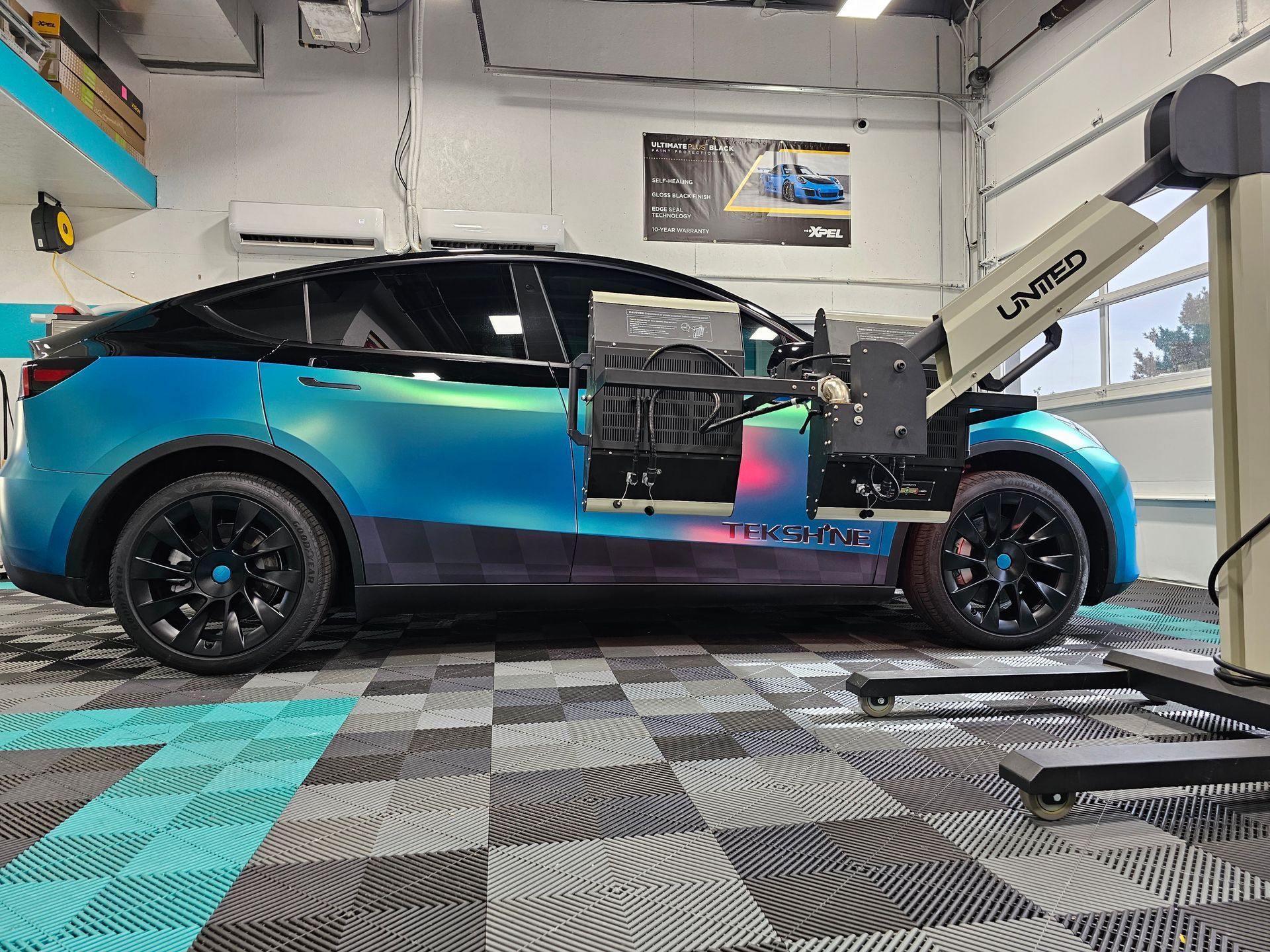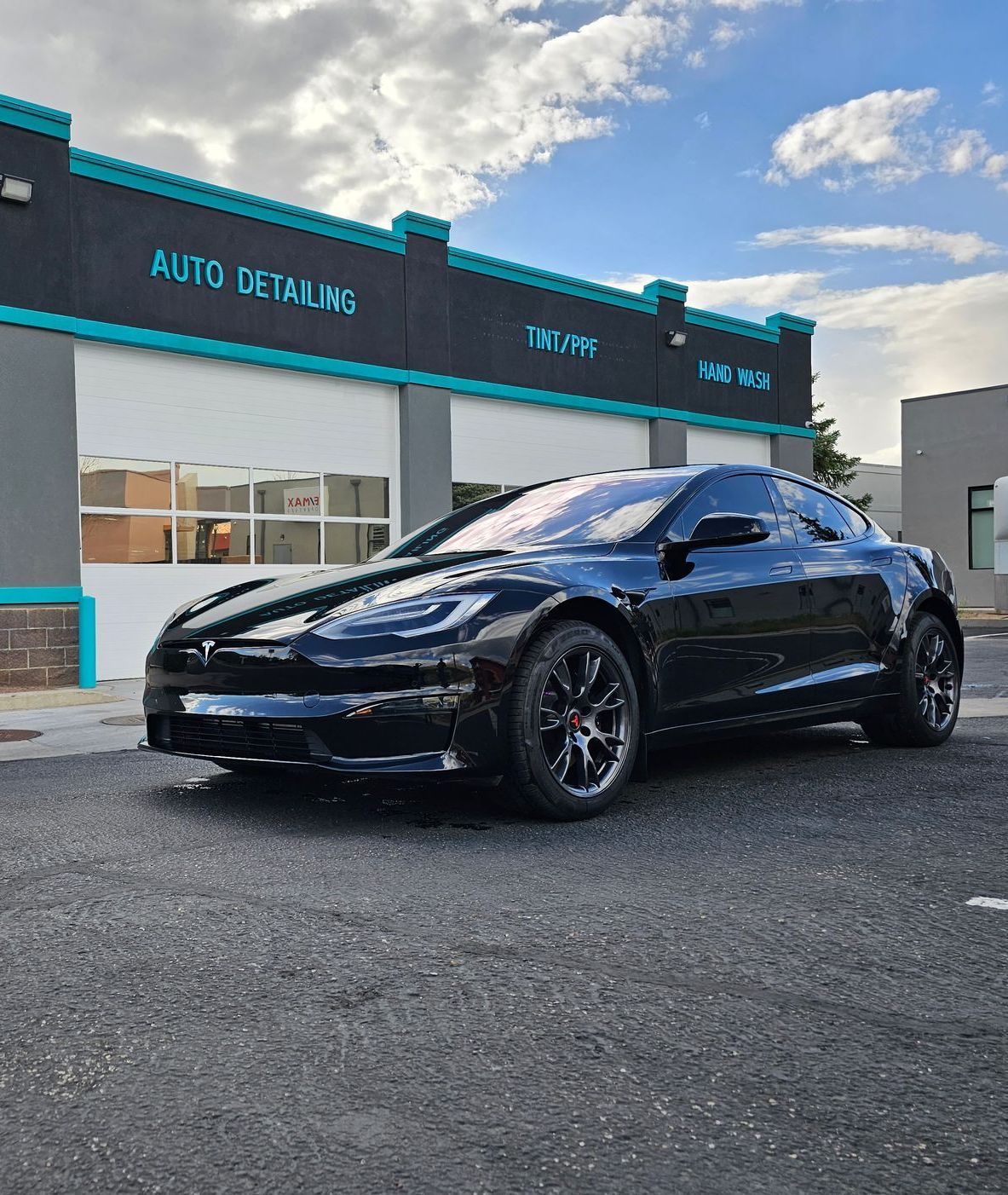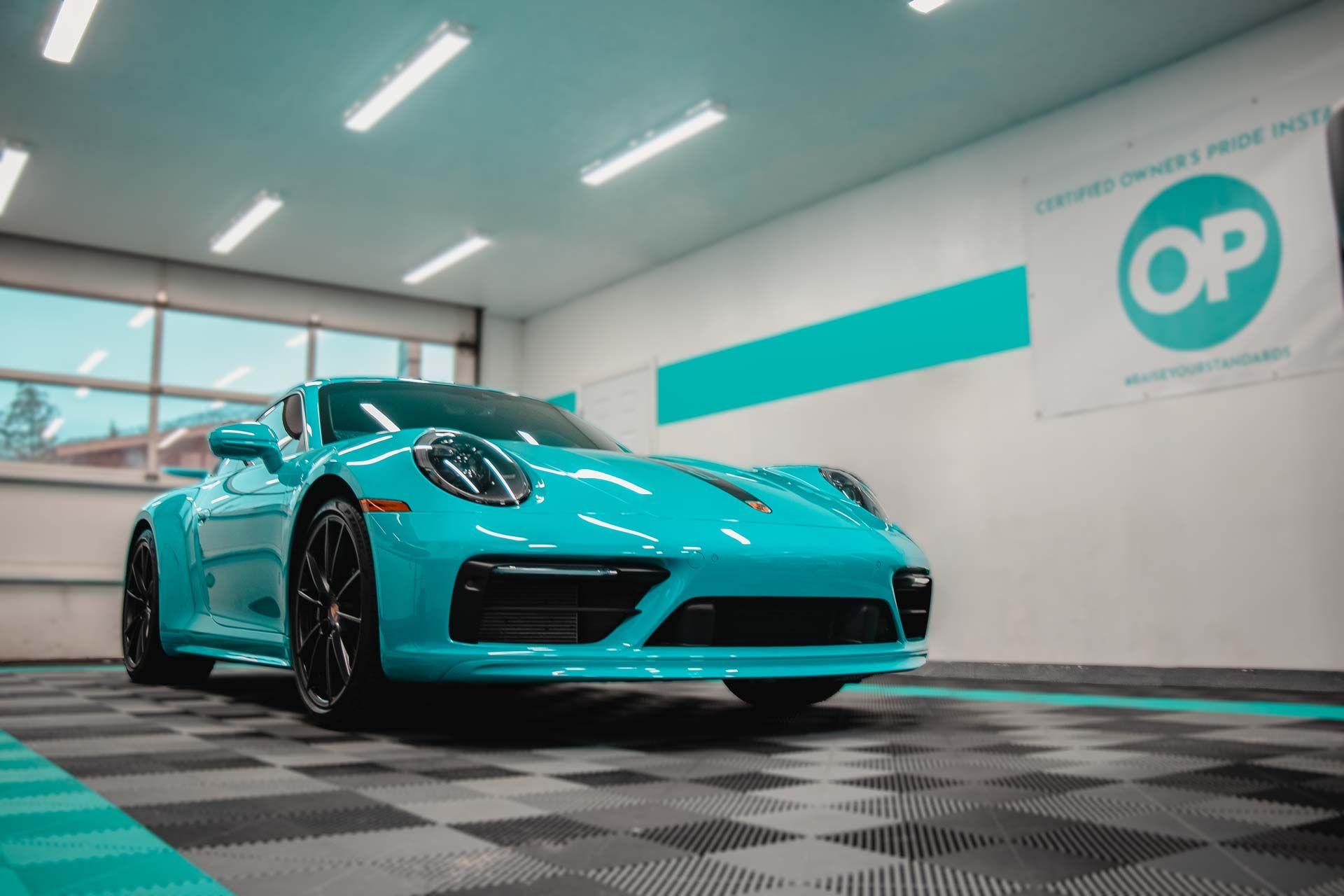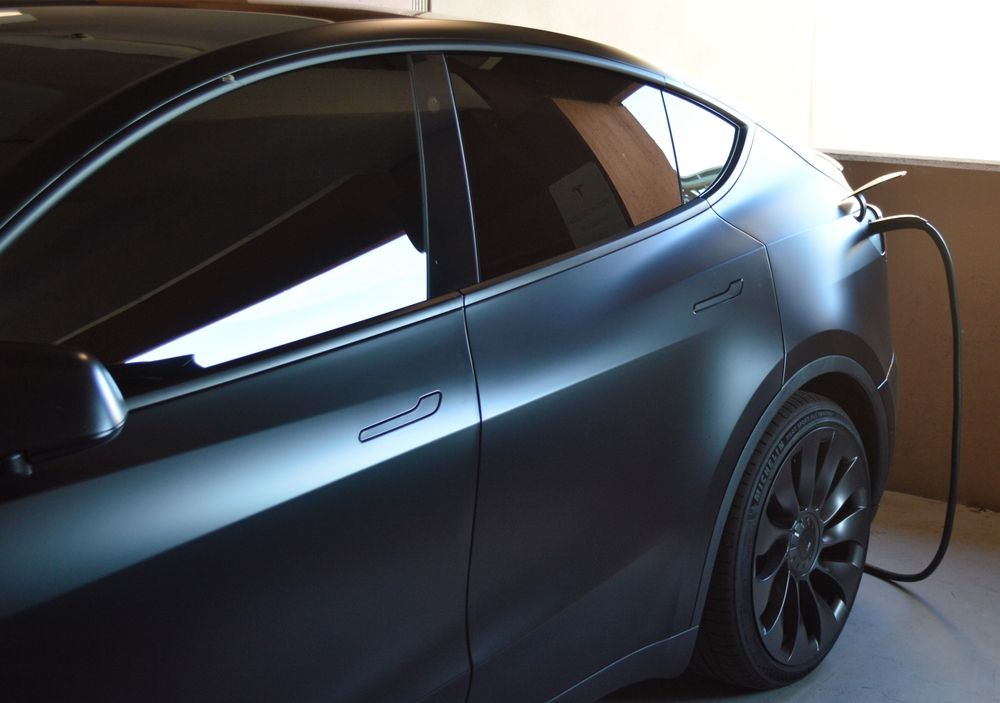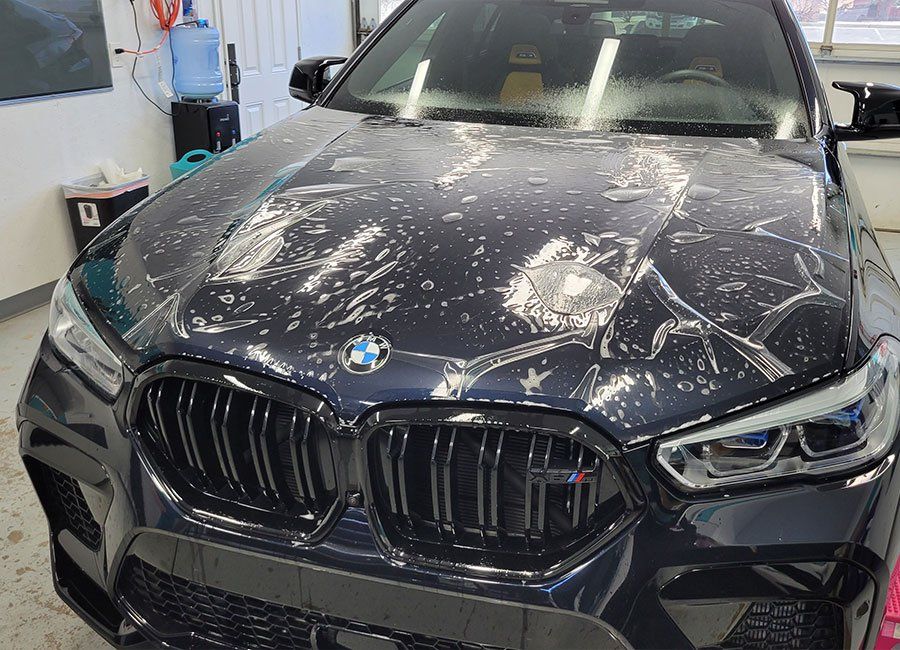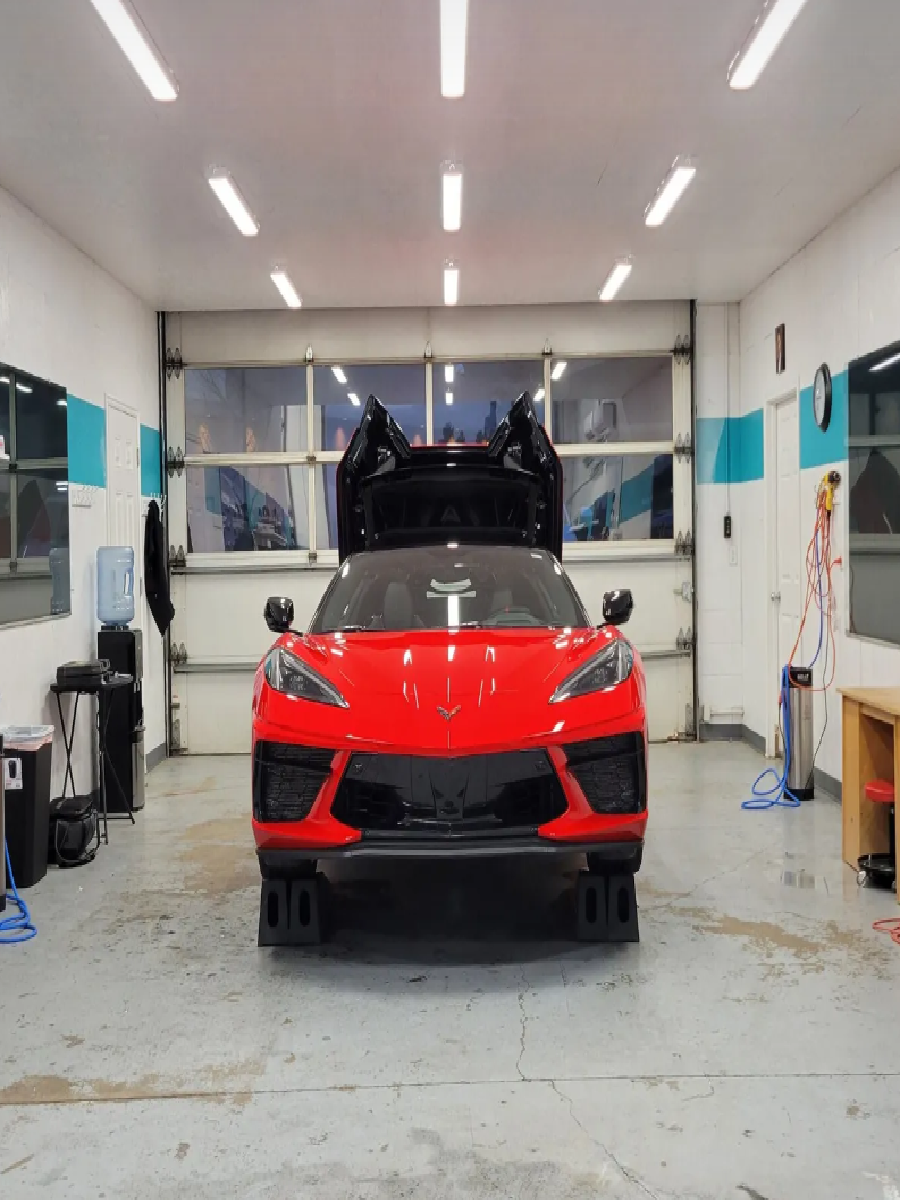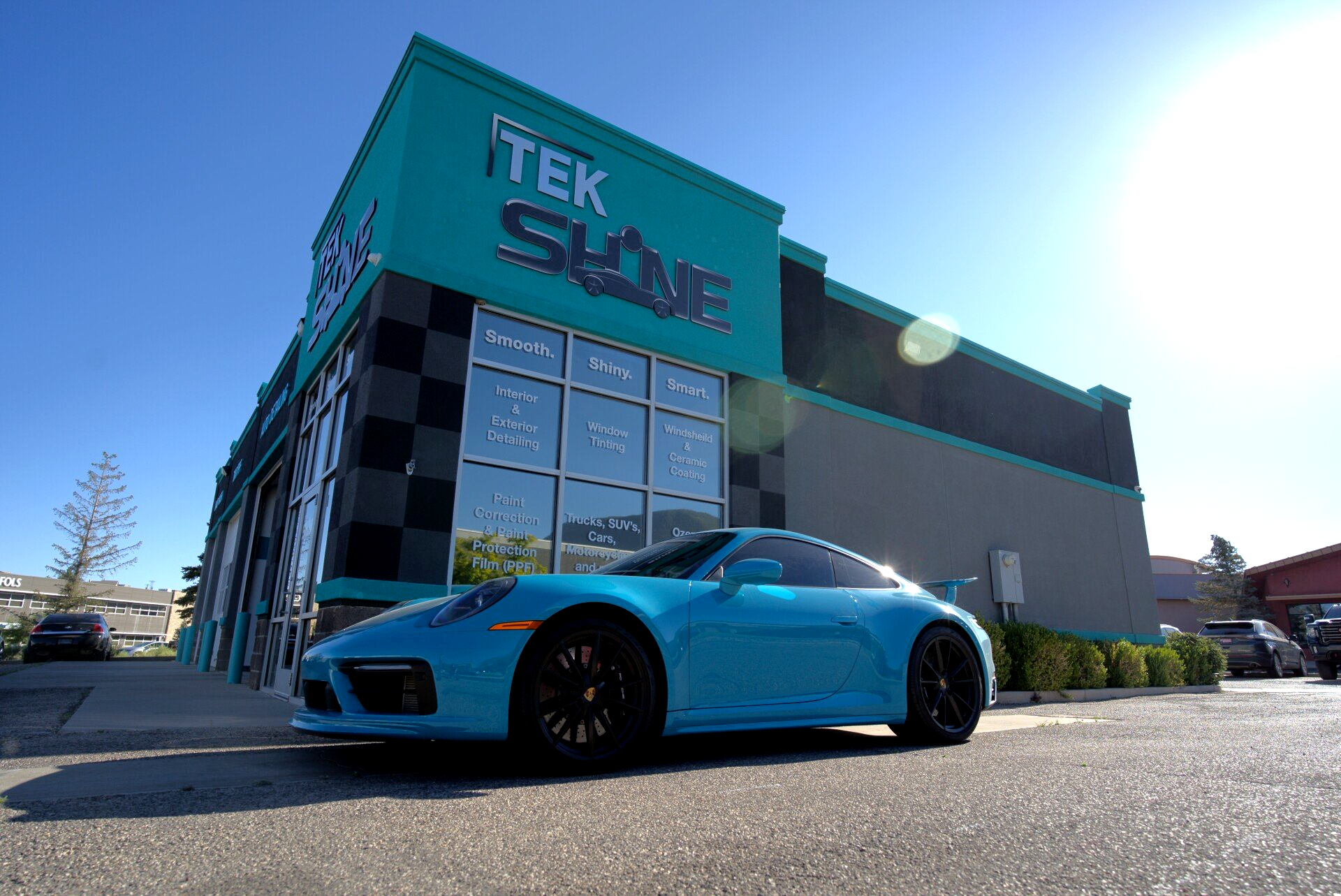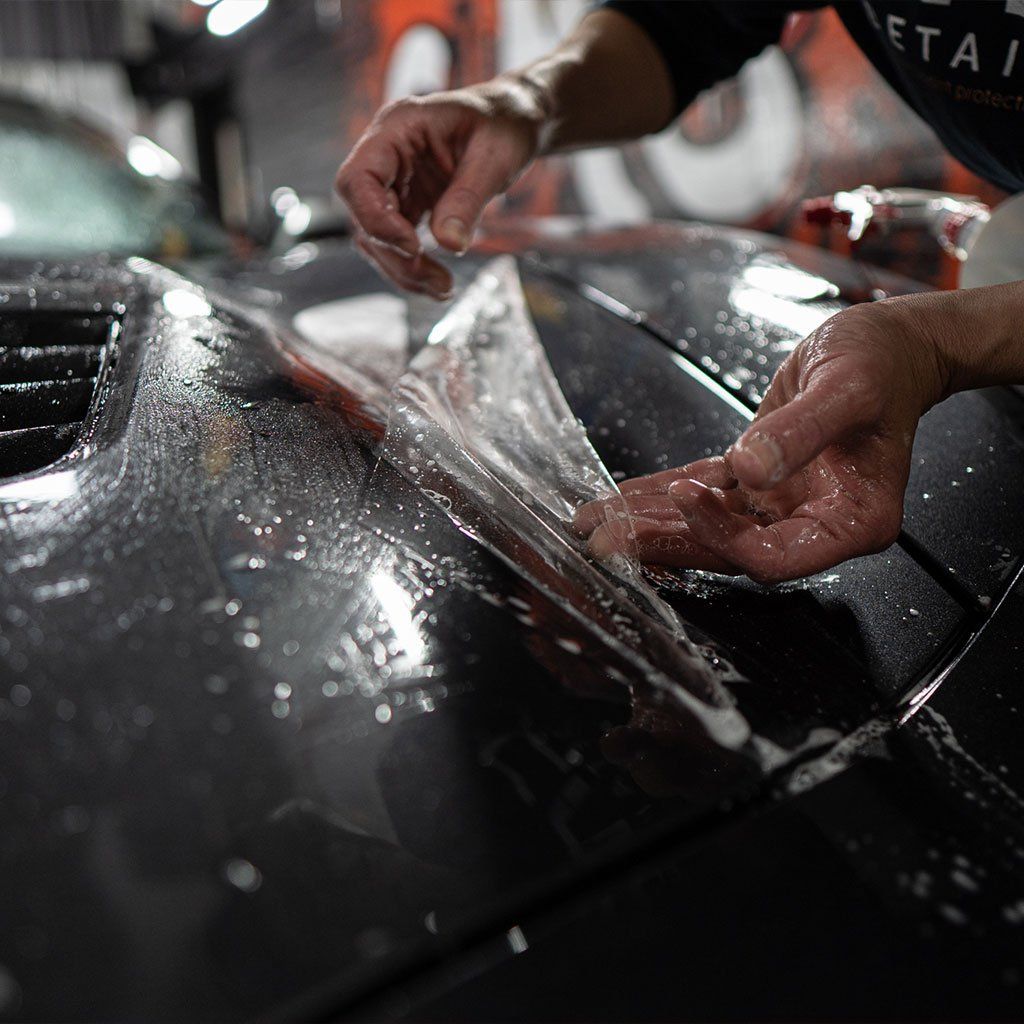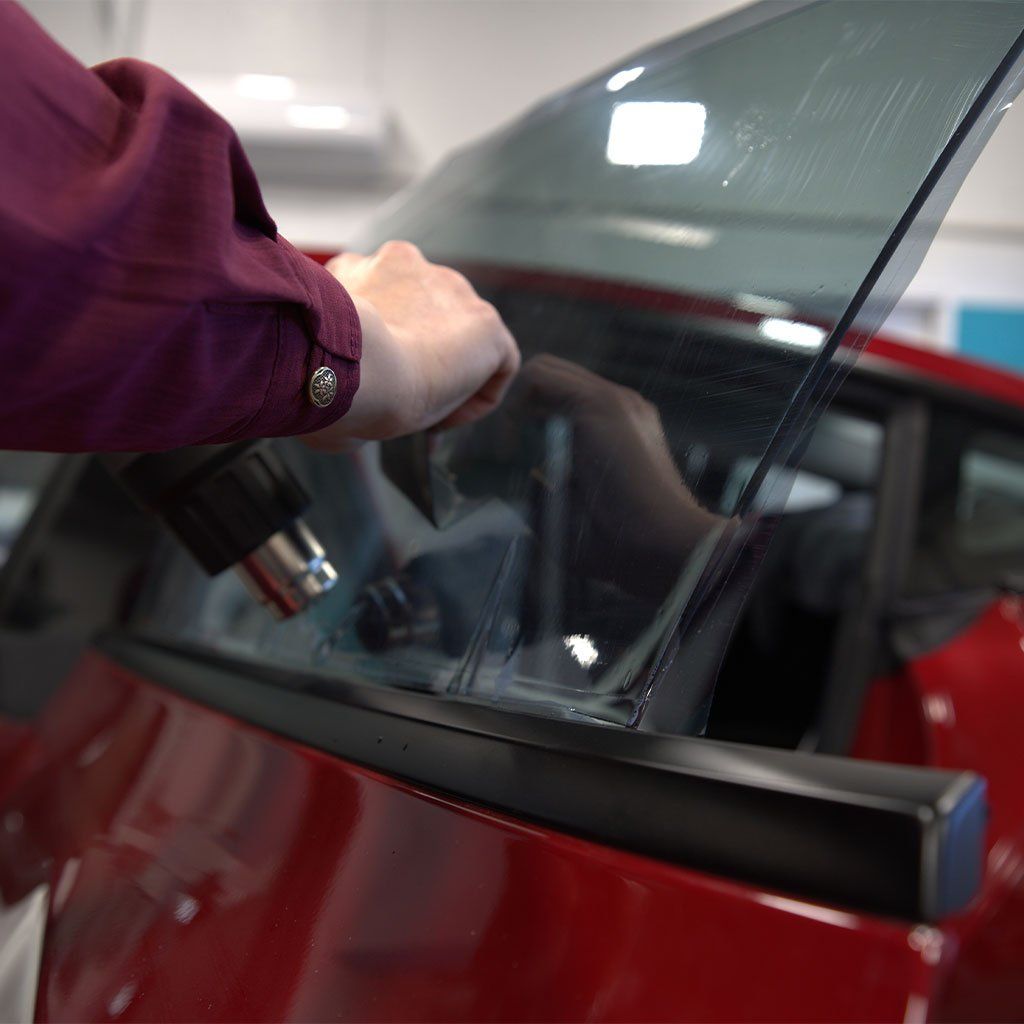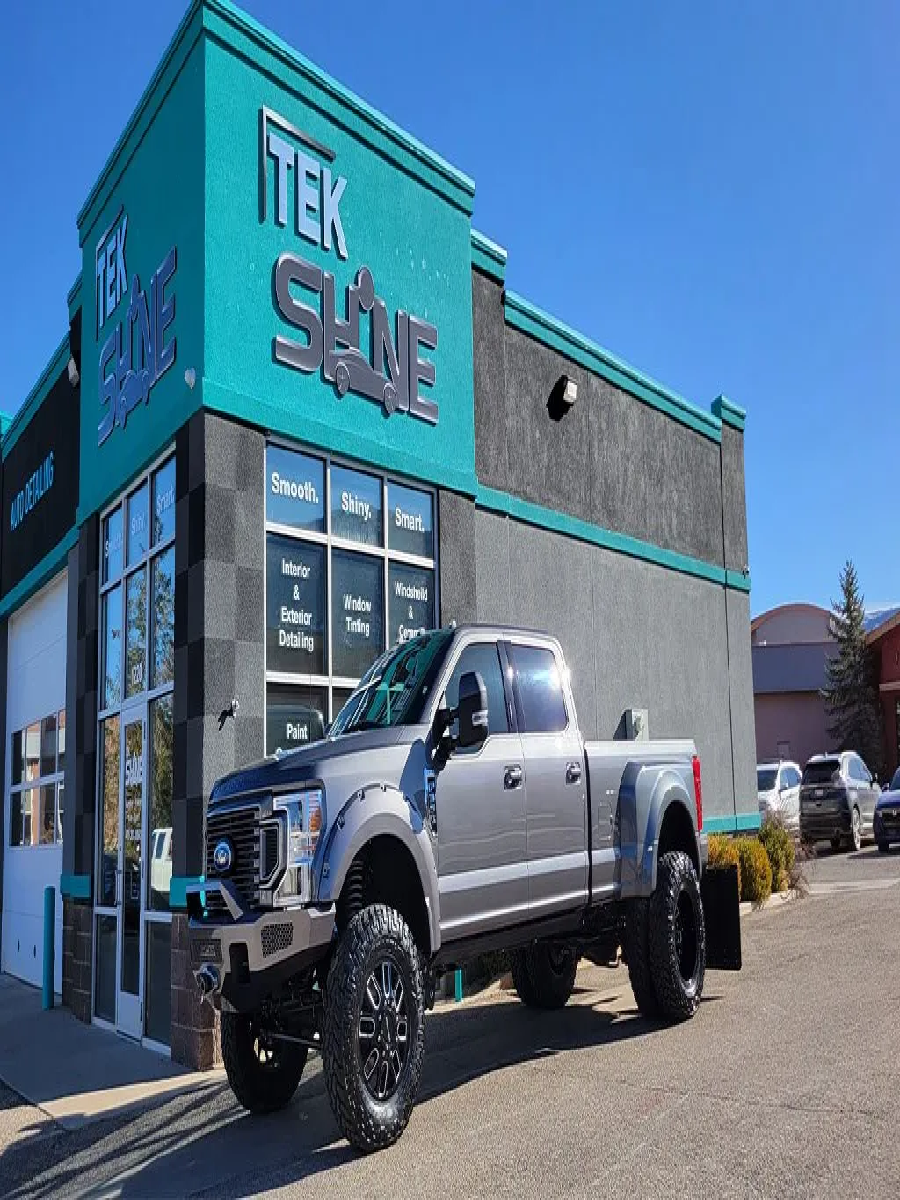Debunking Myths: Clear Bra Durability Facts Every Vehicle Owner Should Know
CALL (435) 383-8663
When it comes to protecting your car’s paint job, few topics inspire as much debate as clear bras or paint protection films (PPF). Many vehicle owners encounter a maze of myths, leading to hesitation and skepticism about investing in this product. Just like any other misunderstood innovation, baseless claims tend to overshadow reality.
To get the facts straight, we researched thoroughly—cross-referencing expert advice, scrutinizing products from top brands like XPEL and 3M, and diving into countless customer reviews. Surprisingly, many of the fears surrounding PPF stem from outdated information rather than current technological advancements. Let's uncover these truths together and start by addressing some common misconceptions you may have heard.
Some common myths about clear bras include the belief that they damage paint during installation or removal, that they will yellow over time, and that they are only worth it for expensive cars. In reality, modern clear bras use safe adhesives that do not harm paint, contain UV inhibitors to prevent yellowing, and provide valuable protection for all vehicles against scratches and road debris, making them a smart investment for any car owner.
Common Myths About Paint Protection Film
One of the most prevalent myths about PPF often brought up in casual conversations among car enthusiasts and everyday drivers alike, is that it damages the paint job during installation or removal. Many people worry that applying or removing a clear bra will harm their shiny new vehicle. However, it's essential to clarify that modern films are designed with safe adhesives specifically intended to protect rather than harm the underlying surfaces. Companies like XPEL and 3M have invested significantly in research to ensure that their products adhere gently and offer easy removal without leaving behind any sticky residue. This means you can have peace of mind when considering PPF for your car.
Another common misconception revolves around the durability of PPF when exposed to sunlight over time.
Many believe that PPF will inevitably turn yellow, detracting from the visual appeal of their vehicles. However, advancements in technology have led to high-quality PPFs that include UV inhibitors designed to prevent this very issue. For instance, products like 3M's Pro Series and SunTek’s Ultra Series showcase remarkable resistance to fading and yellowing, ensuring your vehicle maintains its pristine look even after prolonged exposure to harsh sunlight. Choosing reputable brands greatly influences long-term satisfaction.
In discussions about cost, a third myth often arises regarding PPF's economic impact.
While at first glance, the upfront cost of paint protection film may seem prohibitive, many vehicle owners fail to take into account the long-term savings it provides. An investment ranging from $500 to $1000 for a full-hood installation can seem steep, yet this pales in comparison to potential paint repair costs, which can run upwards of $3000. Essentially, paying for PPF now is a proactive measure against extensive future expenses—protecting your investment and maintaining the resale value of your vehicle.
As we continue debunking these misconceptions, let's address another point that frequently comes up.
There’s a widespread belief that cars treated with PPF require more maintenance, leaving many apprehensive about investing in it. The reality is quite the opposite; maintaining PPF is both straightforward and less burdensome. With simple cleaning solutions developed for painted surfaces, you're able to keep your clear bra looking its best with minimal effort. When combined with ceramic coatings, not only does this setup enhance protection, but it also facilitates easier maintenance. It's like having a robust shield that doesn’t demand unreasonable upkeep.
These clarifications set the stage for understanding how effective paint protection films truly are—exploring their robust durability reveals even more compelling reasons to embrace this innovative solution for vehicle care.
The Reality: Unmatched Durability
Modern paint protection film (PPF) stands out in terms of durability, promising a lifespan that ranges from 5 to 10 years depending on the film’s quality and environmental factors. If you're looking for a reliable option, brands like XPEL Ultimate Plus not only provide top-notch protection but also come with a generous 10-year warranty against issues such as yellowing or cracking. Investing in high-quality PPF is like securing peace of mind for the long haul.
The durability of modern PPF is rooted in advanced technology. Many of these films are engineered with self-healing properties, meaning minor scratches or swirls can disappear when exposed to heat. Imagine driving home on a sunny day, and with just the warmth from the sun, those annoying marks gradually fade away. It’s the result of meticulously designed materials that respond intelligently to their environment.
It's crucial to understand that while all PPFs offer some level of durability, not all films are created equal. Usage patterns also play a role; frequently driving on gravel roads may lead to early wear compared to gentle suburban commuting. Therefore, making an informed choice tailored to your specific driving habits and local climate will ensure you maximize your investment.
Proper maintenance practices can significantly contribute to extending both the lifetime and aesthetic appeal of your paint protection film. Let’s explore how resistant these films are to damage and what makes them stand out against everyday hazards.
Resistance to Scratches and Damage
One of the standout features of the paint protection film is its impressive resistance to scratches and damage. This remarkable durability comes from its innovative design, which protects the vehicular surface while possessing self-healing properties. Picture a scenario where your car inadvertently brushes against a hedge while navigating a narrow driveway; with PPF, minor scratches aren't a cause for alarm. These imperfections can vanish under the sun's warmth or even with a little help from a heat gun.
Additionally, keeping your PPF maintained is crucial for optimizing its protective benefits. By washing the film regularly and avoiding abrasive cleaning tools, you ensure that it's always ready to defend against potential scratches. It’s advisable to apply a ceramic coating over the PPF for added sacrificial protection; this combination can enhance scratch resistance even further.
Understanding the effectiveness of paint protection film prepares you to better shield your vehicle from various environmental threats moving forward.
Shielding from Rocks and UV Rays
One of the most impressive features of PPF is its ability to shield vehicles from both rocks and harsh sunlight. When you're driving on a rocky road or even a smooth highway, small stones can become projectiles, chipping away at your vehicle's pristine paint. John, an auto enthusiast from Phoenix, highlighted this point when he mentioned that after applying PPF, he “noticed fewer rock chips.” This isn't just luck; it's the film's durable composition acting as a protective layer that absorbs and deflects impacts.
PPF has the remarkable capability to block up to 99% of UV rays, which is crucial in preventing sun damage. Without proper protection, UV rays can lead to significant issues like color fading, oxidation, and degradation of the car’s finish. Over time, sun exposure can leave vehicles looking dull and worn out. Imagine parking your beloved car under the intense sun only to see it lose its vibrant hue—PPF helps avoid this nightmare scenario.
If you're ready to protect your vehicle and enhance its longevity, contact us at
TekShine or call us at (435) 383-8663!

